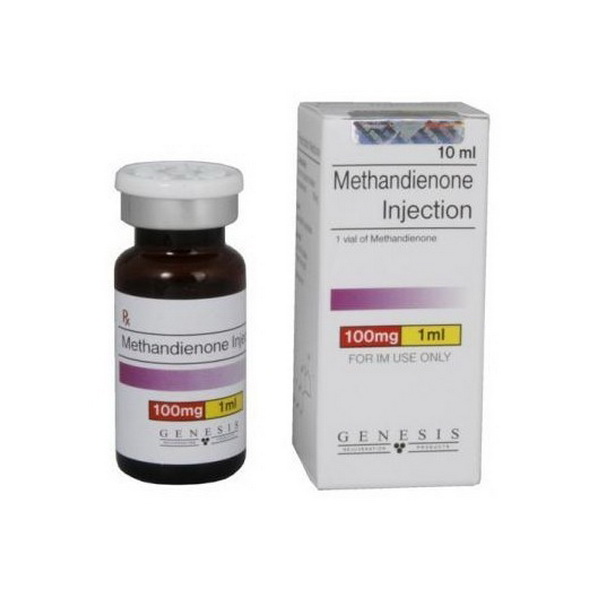How to Optimize Your Workouts to Build Glutes Efficiently
In the fitness world, glutes are one of the most sought-after muscle groups for development, not just for aesthetics, but also for performance and functional health. Strong and well-defined glutes contribute to proper posture, prevent back pain, and play a crucial role in nearly all lower body movements. Bret Contreras, known as “The Glute Guy,” has revolutionized glute training and created a scientifically-based methodology that we will detail in this article.
1. Anatomy and Functionality of the Glutes
Understanding the structure and function of the glutes is essential to building an effective training program:
- Gluteus Maximus: The largest muscle in the body, responsible for hip extension, external rotation, and abduction. It is heavily activated in pushing and lifting exercises.
- Gluteus Medius: Crucial for pelvic stability and hip abduction. Activated in lateral and supporting movements.
- Gluteus Minimus: Works together with the gluteus medius to stabilize the pelvis and assist in abduction.
2. Fundamental Training Principles for Glutes
Exercise Selection
Diversity is key. Limiting your routine to the same exercises can lead to plateaus and incomplete muscle activation. Here are some essential exercises:
- Hip Thrusts: Essential for maximal activation of the gluteus maximus. Start with lighter weights and progress gradually.
- Romanian Deadlifts: Excellent for working the glutes and hamstrings. Focus on proper form to avoid injuries.
- Sumo Deadlifts and Kettlebell Swings: Work not only the gluteus maximus but also the gluteus medius due to foot positioning.
- Squats and Lunges: Perfect for combining work on the glutes and quadriceps.
Frequency and Volume of Workouts
The optimal frequency of glute workouts is 2-3 times per week to allow sufficient recovery time:
- Sets: 3-5 sets per exercise are ideal for a balance between volume and intensity.
- Reps: Vary between 6-12 reps for hypertrophy and add higher rep sets for muscular endurance.
Progression and Progressive Overload
Constant progression is essential:
- Weights: Gradually increase the weights used.
- Exercise Complexity: Add variations or combinations to keep the stimuli new (e.g., single-leg hip thrusts).
3. Proper Technique and Execution
Activation and Warm-Up
Activating the glutes before the main workout improves performance and prevents injuries. Integrate activation exercises like:
- Band Walks: For the gluteus medius and minimus.
- Clamshells and Fire Hydrants: For initial glute engagement.
Proper Form
Executing exercises with perfect form is vital:
- Focus on controlled movements.
- Avoid swinging or using momentum.
- Keep your back straight and core engaged during exercises to protect your spine.
4. Recovery and Nutrition
Proper Recovery
Recovery is as important as the training itself:
- Sleep: Adequate sleep of 7-9 hours per night aids in muscle repair.
- Stretching and Foam Rolling: These techniques help to relax muscles and prevent stiffness.
Proper Nutrition
Nutrition plays a crucial role in muscle building and recovery:
- Protein: Consume quality protein, roughly 1.6-2.2 g/kg of body weight. Good sources include lean meats, dairy, legumes, and protein supplements.
- Carbs: Include complex carbs for energy and glycogen replenishment.
- Healthy Fats: Fats from sources like avocado, nuts, and olive oil are essential for optimal hormonal function.
5. Monitoring and Adjustment
Continuous Evaluation
To avoid stagnation, regularly monitor progress:
- Measurements and Before/After Photos: Useful for observing changes.
- Subjective Feedback: Keep a workout journal to note personal observations and responses to different exercises.
Periodic Adjustments to the Program
Adapt your training plan based on feedback and results:
- Exercise Replacement or Rotation: Change exercises every 4-6 weeks to prevent muscular adaptation.
- Intensity and Volume: Adjust weights and the number of sets/reps based on progress.
Conclusion
Building gluteal muscles requires an integrated approach that includes the correct exercise selection, proper technique, progression principles, correct nutrition, and optimized recovery. By applying these principles and following a scientific approach to training based on Bret Contreras’s methodology, you will be able to achieve the strong and aesthetic glutes you desire, maximizing results and avoiding injuries.













